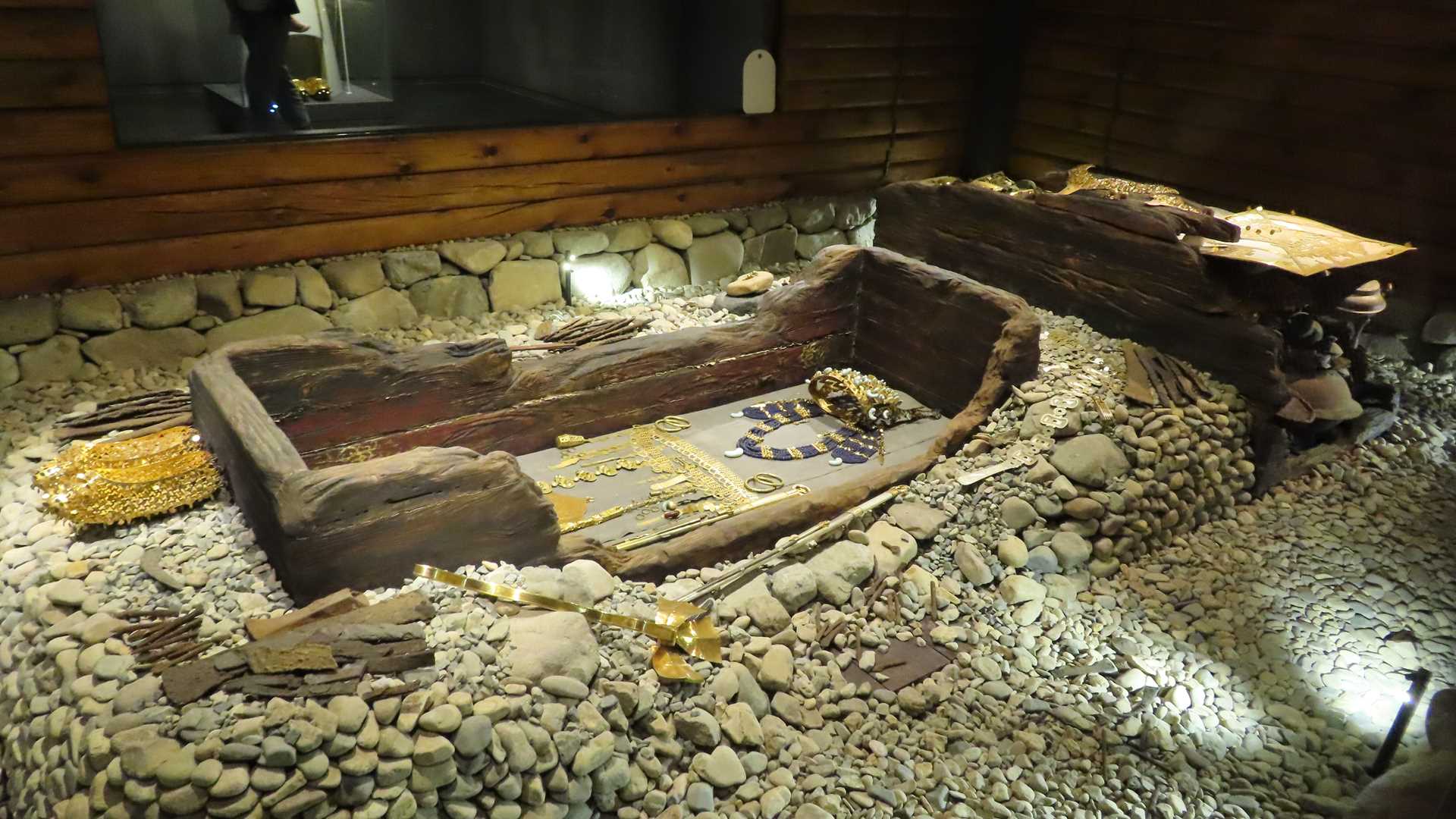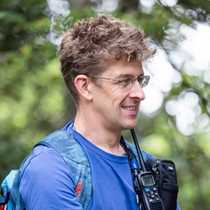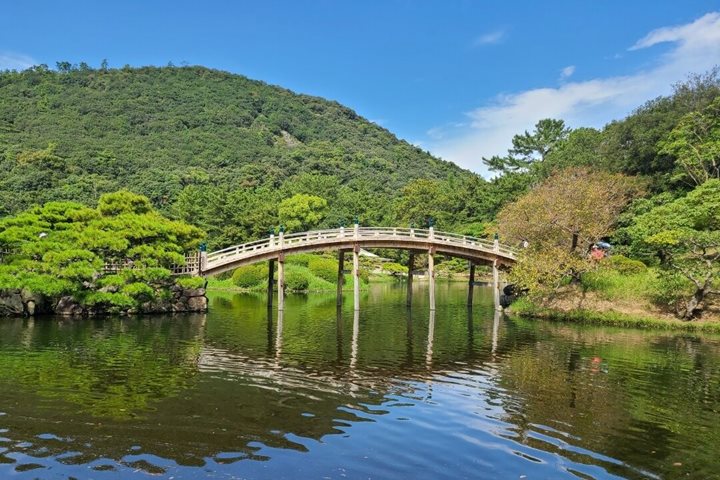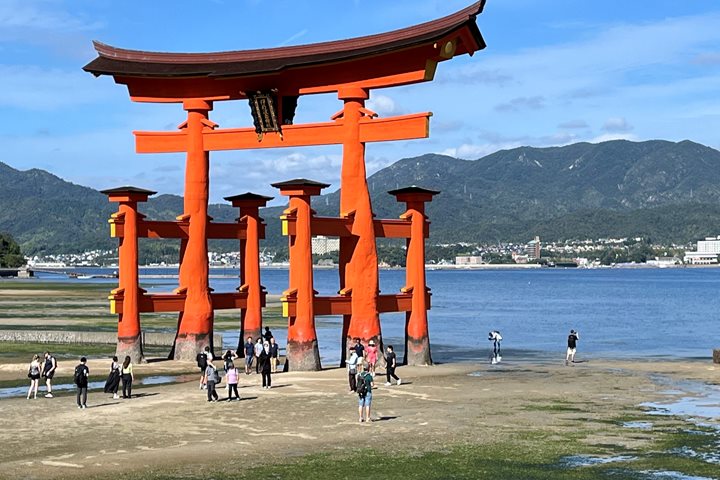Dawn heralded our arrival in a new country this morning, and in the morning’s grey light, we sailed into Busan, South Korea's major south coast port. Tall waterfront apartment buildings, busy docks, and spectacular freeway bridges lit up the harbour while morning mist and tendrils of cloud skirted around the nearby mountain tops.
After an early breakfast, it was all aboard the luxury coaches, each complete with an extensive sound system sufficient to rival any nightclub. Our journey led us to Gyeongju, one of South Korea's most famous World Heritage Sites and home of the ancient Silla Kingdom, essentially the original kingdom of Korea. After entering the Daereungwon Tomb Complex and its impressive collection of high earthen burial mounds, we entered the Cheonmachong tomb. The tomb was excavated in the 1970s and is now a small museum showing the heart of the burial chamber and the rich treasures found within, much as it must have appeared when it was opened by archaeologists. Only a short distance away was the fascinating Cheomseongdae Observatory. It was built in the 7th century and is the oldest astronomical observatory in Asia.
Before lunch, we contextualised these sites with a visit to Gyeongju National Museum, home of countless artefacts recovered from the surrounding area and displayed to chronologically tell the story of the Silla Kingdom. Lunch provided a welcome opportunity to relax. Four coaches of guests split across two traditional Korean restaurants with an impressive selection of dishes, some spicier than others!
Post lunch, we visited Bulguksa Temple, an extensive 8th century Buddhist temple. King Gyeongdeok, who reigned during its construction, never lived to see it completed. Once finished, many of the temple’s buildings were burned down during samurai invasions from Japan in the following centuries. Even so, the considerable number of well-preserved, surviving structures represents the high point of stone construction in the Silla period.
Once back on the ship, it was back to Japanese history with historian Maria Intxaustegi's talk on the Nanbanjin (or southern barbarians) and the story of early encounters between Japan and the western world.







